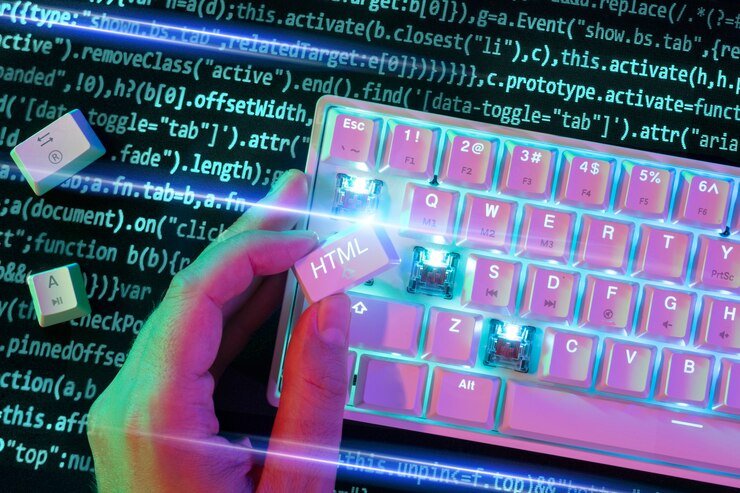Introduction
Decipher the code zpv bsf bxftpnf is more than just a random string of characters; it’s a puzzle inviting the curious mind to decode its true meaning. The art of deciphering codes has fascinated humanity for centuries, blending logic, creativity, and perseverance. In this article, we will unravel the meaning behind “Zpv Bsf Bxftpnf” and delve into the broader world of codes and ciphers, exploring their historical significance, applications, and the intellectual satisfaction they bring.
Understanding the Basics of Ciphers
At its core, a cipher is a method of transforming text to obscure its meaning, often requiring a key to reverse the transformation. The phrase Decipher the code zpv bsf bxftpnf is an example of a substitution cipher, where each letter is replaced by another according to a specific rule. This particular example uses a Caesar cipher, shifting each letter one step backward in the alphabet. Decoded, the message reads: “You Are Awesome.”
Substitution ciphers like this have been used throughout history for secure communication. Their simplicity makes them an excellent starting point for understanding more complex cryptographic methods. Despite their straightforward nature, they still challenge the decoder to think critically and systematically.
The Historical Significance of Codes
The use of ciphers dates back to ancient civilizations. One of the earliest examples is the Spartan scytale, a tool used to encrypt messages by wrapping a strip of parchment around a rod of a specific diameter. Another famous historical cipher is the Caesar cipher, named after Julius Caesar, who used it to send military orders securely.
As societies evolved, so did their cryptographic methods. During World War II, the Enigma machine played a pivotal role in secure communication, and its eventual decryption by Alan Turing and his team marked a turning point in the war. These historical examples highlight the profound impact that codes and their decryption have had on global events, shaping the course of history in significant ways.
The Psychology of Decoding

Why do puzzles like Decipher the code zpv bsf bxftpnf capture our imagination? The answer lies in the psychology of problem-solving. Humans are naturally drawn to challenges that stimulate their cognitive abilities. Decoding requires pattern recognition, logical reasoning, and sometimes lateral thinking—skills that engage the brain and provide a sense of accomplishment upon solving.
Each solved puzzle unveils a hidden truth, creating a rewarding experience that combines intellect and creativity. This blend of analytical and intuitive thinking is what makes code-breaking an enduring and captivating activity.
Modern Applications of Cryptography
In the digital age, cryptography has evolved far beyond simple substitution ciphers. Modern encryption methods form the backbone of cybersecurity, protecting sensitive data from unauthorized access. Techniques like RSA encryption, symmetric key algorithms, and blockchain technology rely on complex mathematical principles to ensure privacy and security.
For instance, when you make an online purchase or send an encrypted email, advanced cryptographic protocols ensure that your information remains confidential. The principles underlying these methods share roots with the simple ciphers of the past, demonstrating the enduring relevance of cryptographic thinking.
The Joy of Cracking the Code
For those inspired by this simple example, there are endless opportunities to delve deeper. Online resources, puzzle books, and cryptography courses can help you hone your skills and explore more advanced techniques. Each step brings a new challenge, fostering a lifelong appreciation for the art and science of codes.
Conclusion
This journey from obscurity to clarity mirrors the broader allure of deciphering codes—an activity that challenges the mind and rewards the spirit. As we continue to navigate a world shaped by encryption and secrecy, the timeless practice of decoding reminds us of our capacity for creativity, logic, and discovery.

